Is this leaf spot fungus
reesesaddict
14 years ago
Related Stories

GARDENING GUIDESHow to Fix Bare and Yellow Lawn Spots
Restore your turf’s good looks by reseeding unsightly patches
Full Story
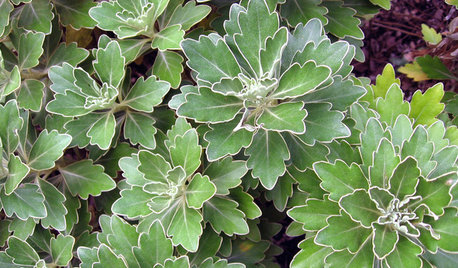
BLUE AND GRAY FOLIAGE6 Stunning Silver-Leaf Plants
Bring luster to your garden with these shining examples of silver plants for both sun and shade
Full Story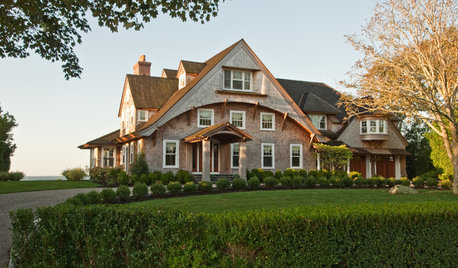
ARCHITECTURERoots of Style: Shingle Style Is Back — Here's How to Spot It
Intimate or rambling, in the coast or by the sea, Shingle homes are seeing a revival. Has your home joined in?
Full Story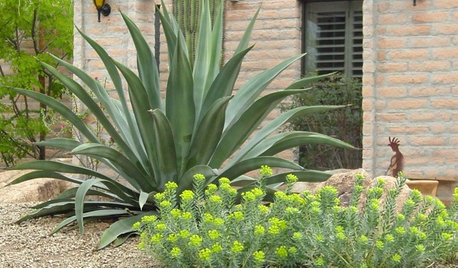
GARDENING GUIDESHow to Spot a Drought-Tolerant Plant
Label? Who needs a label? Learn the characteristics of plants that can thrive in hot, dry conditions to help you pick the right ones
Full Story
HOUSEKEEPINGOut, Darn Spot! Tips for Removing Carpet Stains
Know the right solutions and when to use them to prevent stains from pets, soda, chocolate, blood and more
Full Story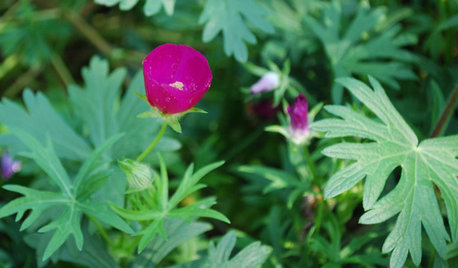
GARDENING GUIDESGreat Design Plant: Callirhoe Involucrata Wakes Up Hot Garden Spots
Give a dry and sunny garden a jolt of violet-pink color summer to fall — and watch bees and butterflies flock to the nectar
Full Story
GARDENING GUIDES6 Native Ground Covers for Tough, Dry Spots
Sun beating down on your sandy gravel? Thick shade darkening your clay soil? There’s a ground cover here for you
Full Story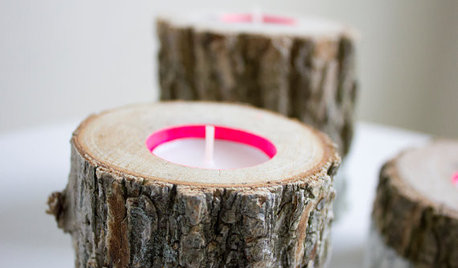
PRODUCT PICKSGuest Picks: Have a Spot of Tea Lights
Set your home aglow with these pretty, rustic, modern and creative tea lights and holders
Full Story
TRIMShutter Cutouts: A Window to One's Soul?
To settle on the perfect shape for this simple detail, follow your heart — or diamond, or maple leaf
Full StorySponsored






rhodyman
reesesaddictOriginal Author
Related Professionals
Franconia Landscape Architects & Landscape Designers · Glen Ellyn Landscape Architects & Landscape Designers · Harrison Landscape Architects & Landscape Designers · La Marque Landscape Architects & Landscape Designers · Middletown Landscape Contractors · Wilmington Landscape Contractors · Battle Ground Landscape Contractors · Fruit Heights Landscape Contractors · Garland Landscape Contractors · Lehigh Acres Landscape Contractors · Lynn Landscape Contractors · Methuen Landscape Contractors · Palm Beach Gardens Landscape Contractors · South Lyon Landscape Contractors · White Bear Lake Landscape Contractorsrhodyman
tnangela
tnangela